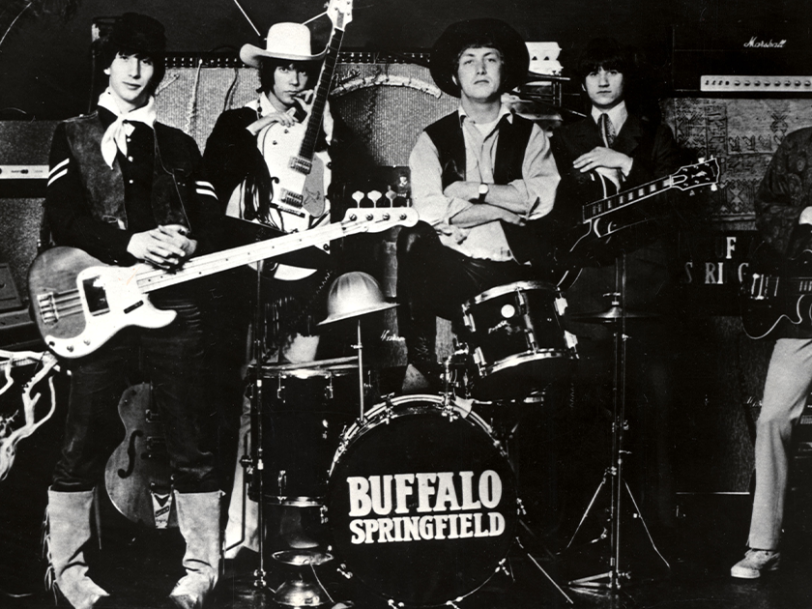Songwriter Stephen Stills’ lyrics (“Young people speaking their minds/Are getting’ so much resistance from behind”) reflected a time of division, of an increasingly empowered youth railing against the establishment. Following its release, For What It’s Worth quickly became adopted as an anti-war anthem – unsurprising, given that it was written at a point when public unease over the US’s involvement in the Vietnam War was rapidly growing. But the incident that sparked the song was much closer to home.
What inspired Buffalo Springfield to write For What It’s Worth?
The 60s saw the rejuvenation of the Sunset Strip, in Los Angeles. Many of the larger clubs and restaurants in the once-affluent area had closed in the 50s and early 60s. Rents fell and coffee houses, jazz clubs and, eventually, rock’n’roll venues could now afford to move into the area, which soon became hip among a younger, trendier crowd.
With the opening of the Whisky A Go Go, in January 1964, the Strip exploded, with scores of clubs popping up in its wake. “There was a string of nightclubs on the Sunset Strip from Crescent Heights to Doheny, maybe 25 clubs with live bands every night, and there was a whole movement of people that went there every night and walked up and down Sunset – hundreds and hundreds of people,” manager and record executive John Hartmann explained in the book Laurel Canyon: The Inside Story Of Rock-And-Roll’s Legendary Neighborhood.
The Doors, Arthur Lee’s Love, The Byrds and Buffalo Springfield all cut their teeth on the strip, as the area became rock music’s epicentre; by day, its fast-emerging boutiques drew fashion-conscious hippies. Local landowners and the Sunset Strip Chamber Of Commerce were not amused by the long-haired hordes and, in 1966, successfully applied pressure on the county sheriff’s department to apply a 10pm curfew for teenagers.


